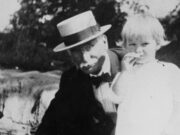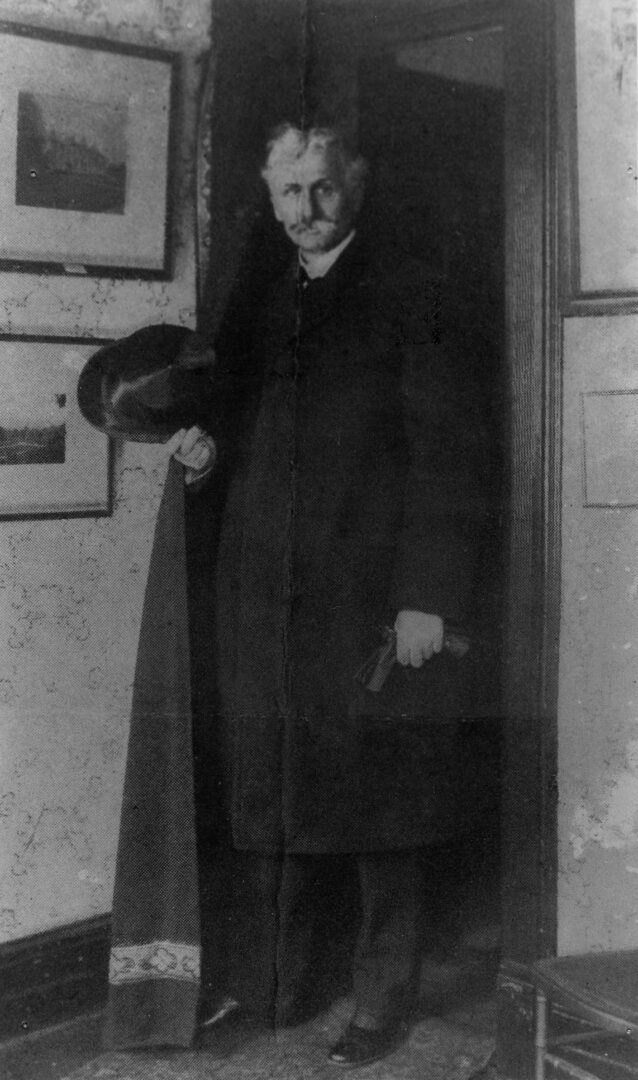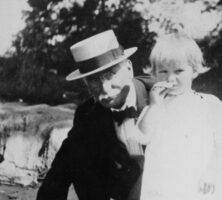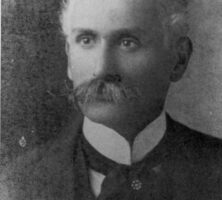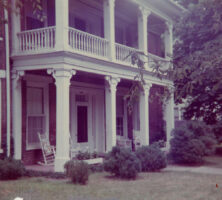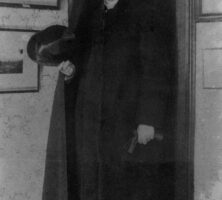Considered a minor author today, Will Harben was one of the most popular novelists in America during the first two decades of the twentieth century.
Although in his thirty books and numerous short stories Harben portrays the mountaineers of his native north Georgia with authenticity and color, the sentimental romanticism demanded by readers of his day mars his novels, consequently diminishing his position in the world of letters. However, his sharp, sincere observations of the speech, manners, wisdom, and morality of north Georgia mountaineers are a significant contribution to the literature of the American South.
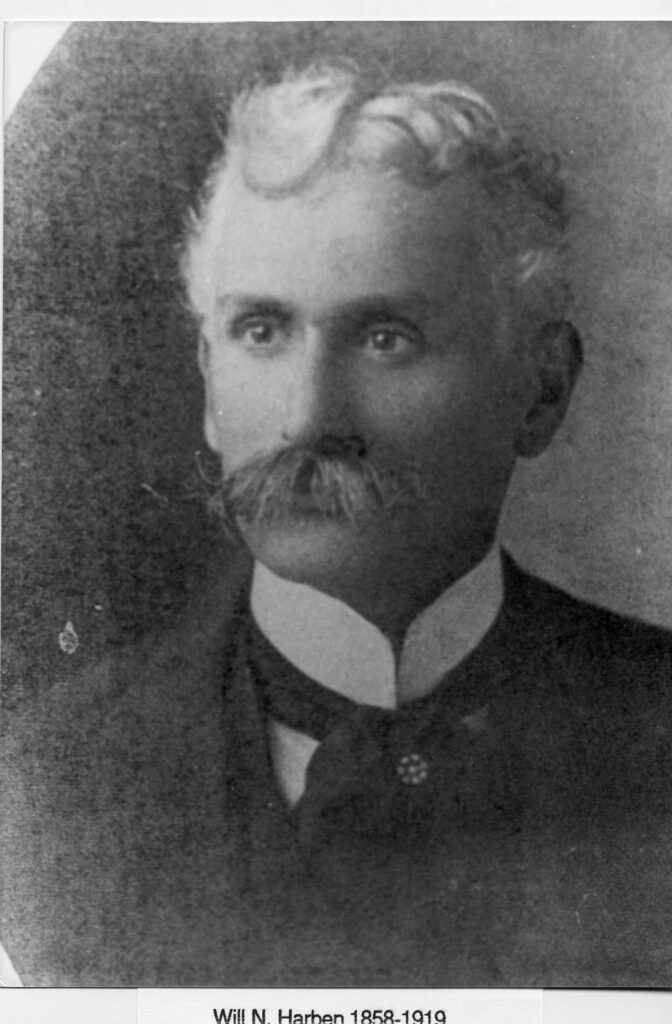
William Nathaniel Harben was born on July 5, 1858, of well-to-do parents, Myra Richardson and Nathaniel Parks Harben, in the small town of Dalton. Harben was a bright, fun-loving youth who showed an interest in writing at an early age. He became familiar with the rustic people he would later glorify by working for many years as a merchant in Dalton (fictionalized as “Darley” in his works). At the age of thirty, encouraged by both Joel Chandler Harris and Henry Grady, he decided to take his chances on writing as a profession. After several successful short stories, he made his first mark on the literary scene in 1889 with a melodramatic but extremely popular novel entitled White Marie, about a white girl brought up as an enslaved person. The novel’s success prompted him to move to New York City, although he always spent part of every summer in Dalton. He married the South Carolina socialite Maybelle Chandler in 1896, and the couple eventually had three children.
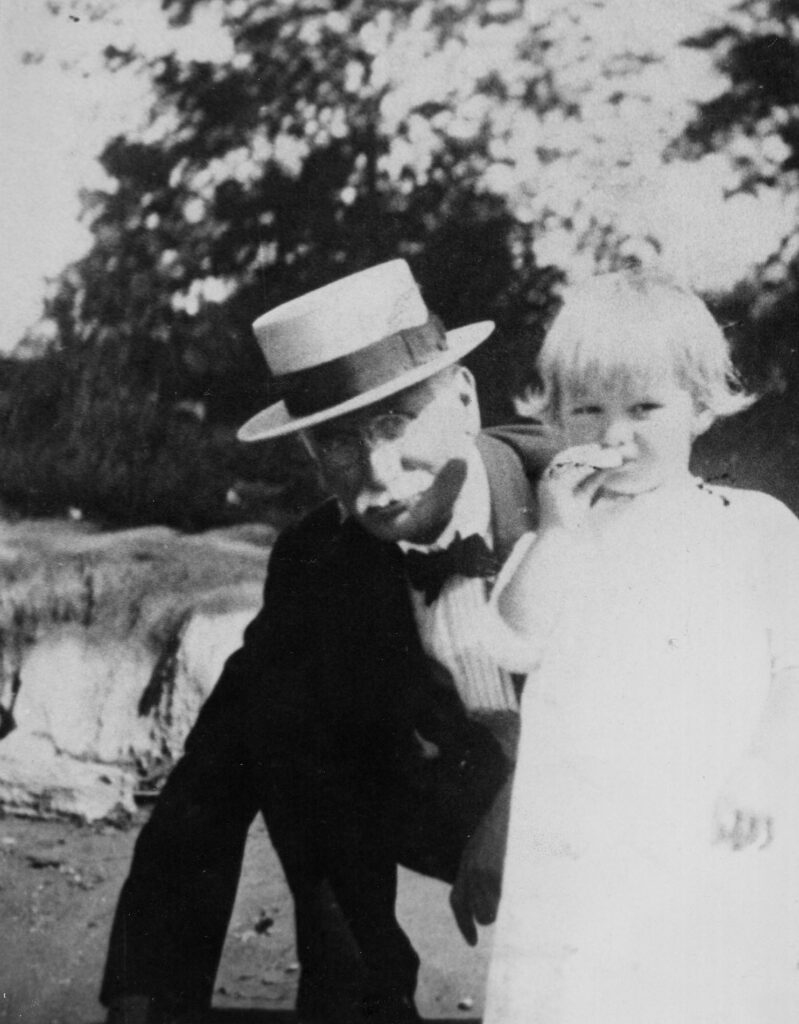
The 1890s were Harben’s experimental years. Almost Persuaded (1890), a religious novel, was so well received that Queen Victoria of England requested an autographed copy. It was followed by a moderately successful romance, A Mute Confessor (1892). In 1894 Land of the Changing Sun, his only science fiction novel, appeared. The story concerns a voyage to the center of the earth and was obviously influenced by Jules Verne’s popular novel Journey to the Center of the Earth (1864). Using Arthur Conan Doyle’s Sherlock Holmes as a model, Harben also created the supersleuth Minard Hendricks in three detective novels. During this decade he continued to write short stories about his native region, all published in leading magazines of the day.
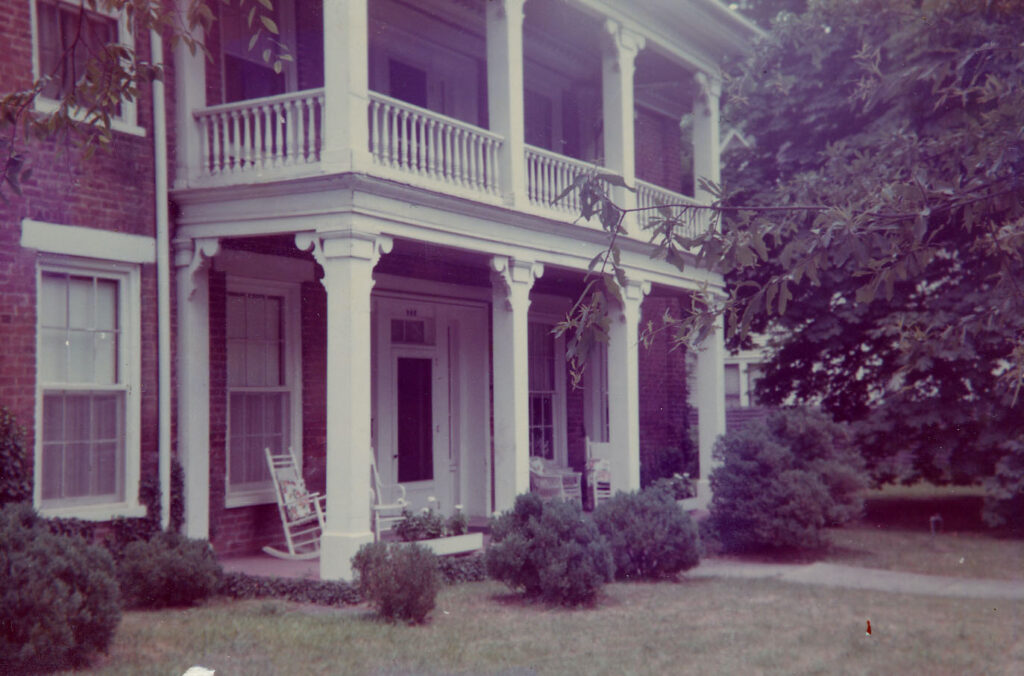
The turning point for Harben occurred in 1900, when he published Northern Georgia Sketches, a collection of ten of his best local-color stories. The book brought him renewed national attention as well as the high regard of William Dean Howells, known as the “dean of American letters,” who became Harben’s mentor and friend. For the next nineteen years Harben published at least one novel a year and many short stories, most of them featuring the picturesque Georgia hillbillies for which he became well known.
Harben excelled in creating memorable characters of older backwoods men and women, including Abner Daniel, a cracker-box philosopher noted for such witticisms as “The wust things I ever seed was sometimes at the root o’ the best. Manure is a bad thing, but a cake of it will produce a daisy bigger’n any in the field.” Pole Baker, a younger, cruder version of Abner, also has a way with words: “Well, boys, ef I had to go, I’d like to be melted up into puore corn whiskey an’ poured through my throat tell thar wasn’t a drap left of me.” Ann Boyd is one of Harben’s strongest characters. She is an honest, perceptive, but bitter recluse who admits that she has”done more hating in my life than loving.” All three are title characters in their own books, but Abner and Pole appear in several other novels as well.
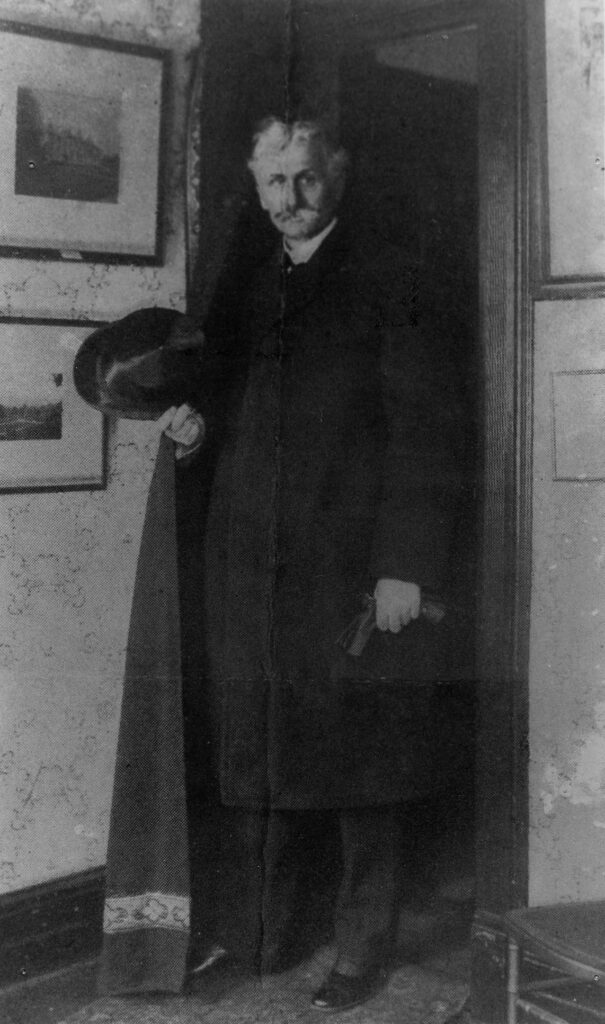
Besides Abner Daniel (1902), Pole Baker (1905), and Ann Boyd (1906), other noteworthy works include Westerfelt (1901), The Georgians (1904), Dixie Hart (1910), The New Clarion (1914), and The Triumph (1917), a Civil War (1861-65) epic that could have been Harben’s masterpiece had he refined it further. Although Harben often tackled worthwhile, interesting, and controversial themes (racism and equal rights, antiwar beliefs, isolation, religion), he allowed sentimentality to overshadow such themes and weaken their effectiveness.
Harben wrote until his death in New York City on August 7, 1919, and was buried in his beloved Dalton.


